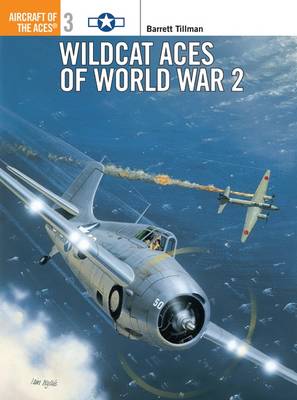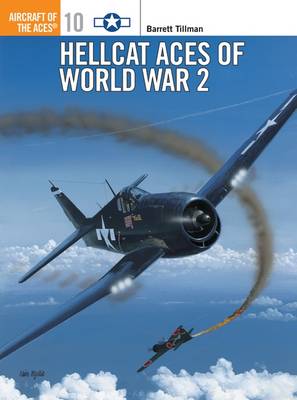Osprey Aircraft of the Aces S.
2 primary works
Book 3
Arguably the most important piston-engined single-seat fighter design ever to see service with the US Navy and Marine Corps, the aesthetically inelegant F4F Wildcat achieved much acclaim during its bloody frontline career. Thrown into combat at Coral Sea, Midway and Guadalcanal, the handful of Wildcat units of the Navy and Marine Corps took on large numbers of fighters and bombers and came out victorious. On the European front, the Royal Navy's Fleet Air Arm also put the fighter to effective use from escort carriers, protecting Atlantic convoys from Luftwaffe attacks.
Book 10
Grumman's successor to the pugnacious Wildcat, the Hellcat embodied many of the lessons learnt by F4F pilots in the opening months of the Pacific war. Introduced to the fleet in January 1943, and blooded in combat against the Japanese by VF-5 seven months later, the F6F served as the principal US Navy fighter on board carrier decks until VJ-Day. Despite its lethality in the air when ranged against the best Japanese fighters, it still retained docile handling qualities around the carrier deck. Pilots flying the Hellcat claimed nearly 5000 kills in the Pacific, and over 350 pilots achieved ace status on the type.

